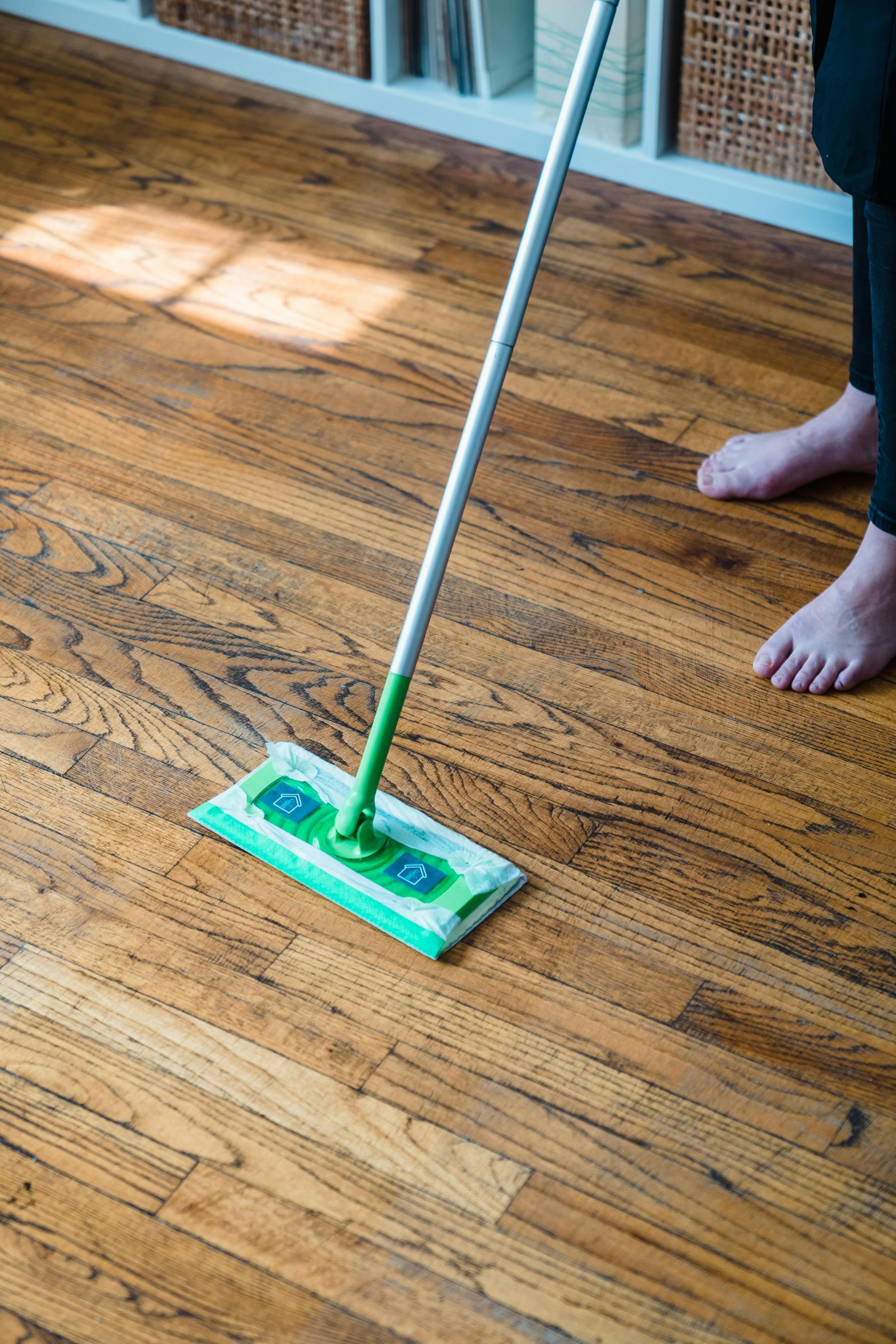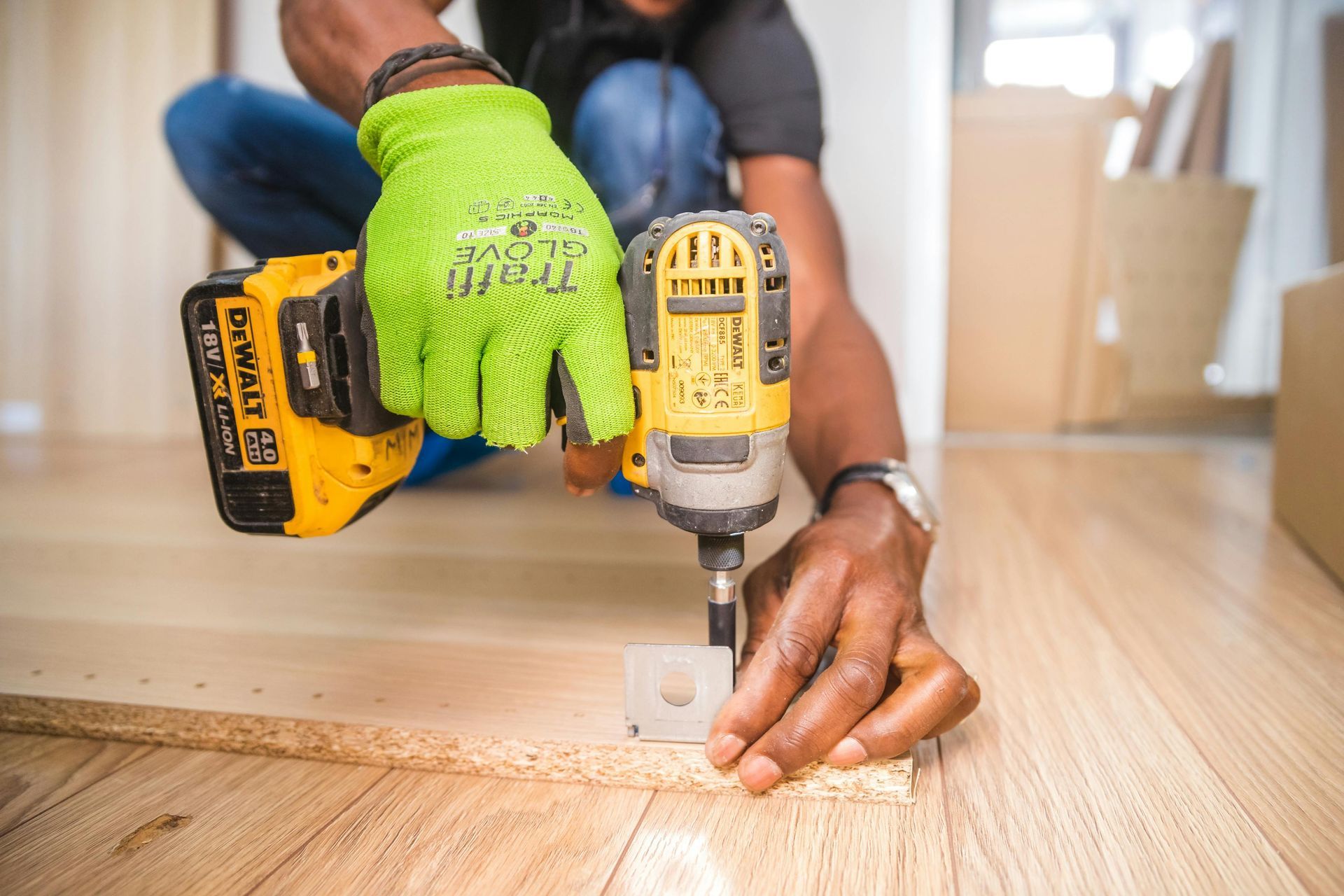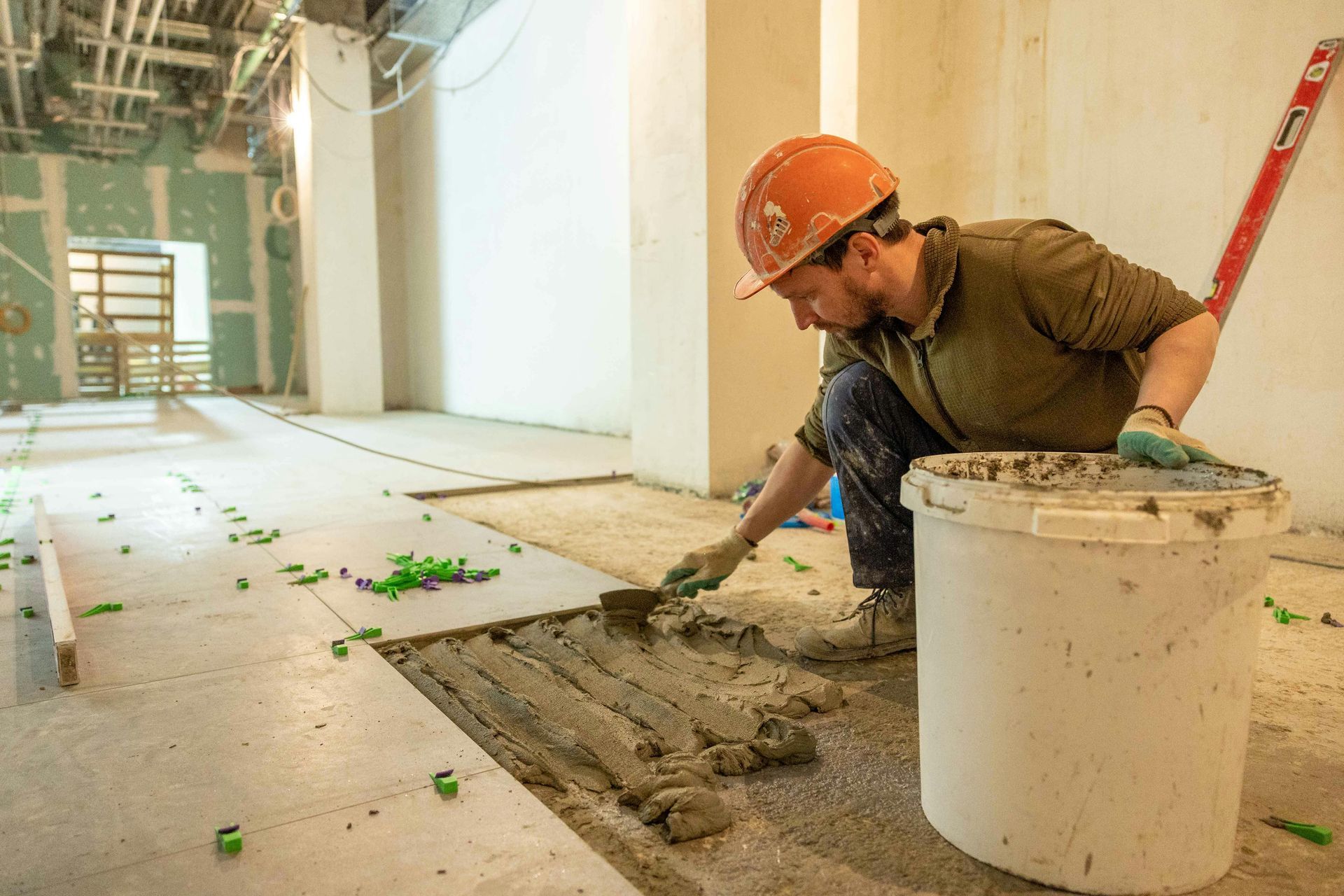DIY Floor Cleaning Hacks That Won’t Void Your Warranty
Many homeowners take great pride in having clean floors, but few realize that the wrong DIY cleaning methods can void their flooring warranty. Whether you have timber, vinyl, laminate, or carpet, each type of flooring has specific care instructions that must be followed to maintain its warranty. Ignoring these guidelines can lead to costly repairs or replacements that aren’t covered by your warranty. Fortunately, this post offers smart, warranty-safe hacks for maintaining spotless floors while keeping your warranty intact. Think all cleaning is safe cleaning? Not when your floor’s warranty is on the line.

5 DIY Floor Cleaning Tips You Need to Know
1. Read (and Understand) the Manufacturer’s Guidelines First
Before diving into any cleaning routine, it’s crucial to read and understand the manufacturer’s guidelines for your specific flooring type. Each material has unique care instructions that dictate what cleaning methods and products are safe to use.
For example, some hardwood floors may be sensitive to excess moisture, while certain carpets might only be cleanable with professional steam cleaning. Common mistakes homeowners make include using steam mops, harsh chemicals, or excessive moisture—methods that can breach warranty terms. By familiarizing yourself with these guidelines, you can avoid costly mistakes and ensure your floors remain in excellent condition.
Taking the time to read the fine print of your warranty can also help you understand what is covered and what isn’t. Many warranties specify that using unapproved cleaning products or methods can void the coverage, so it’s always better to err on the side of caution.
2. Hardwood Floors: Microfiber Over Moisture
Hardwood floors are a popular choice for their beauty and durability, but they require careful cleaning to maintain their appearance. The best cleaning method involves using a dry or lightly damp microfiber mop instead of a traditional wet mop. Excess moisture can damage hardwood, leading to warping or buckling.
Use a few drops of pH-neutral cleaner mixed with warm water—never vinegar or ammonia, as these can strip the finish and harm the wood. A microfiber mop is gentle enough to clean without scratching the surface while effectively trapping dust and dirt.
Additionally, avoid waxes or polishes unless explicitly approved by the brand. Many modern hardwood floors have a urethane finish that doesn’t require waxing, and applying wax can lead to a buildup that detracts from the wood’s natural beauty.
3. Laminate Floors: Use a Spray Mop, Not a Bucket
Laminate flooring is designed to mimic the look of hardwood but is often more durable and easier to maintain. However, it is also prone to swelling and warping when exposed to excessive moisture, which can instantly void your warranty. Instead of using a bucket, fill a spray bottle with a mixture of water and mild detergent. Lightly mist the floor as you clean with a microfiber pad, ensuring that you avoid excess moisture. This method allows you to control the amount of water used while effectively cleaning the surface.
Never use abrasive scrubbers or soap-based products on laminate, as these can scratch and damage the finish. Instead, focus on gentle cleaning methods that will keep your laminate looking its best. To prevent damage, consider using floor mats in high-traffic areas. These mats can catch dirt and debris before it scratches your laminate surface, helping to maintain its appearance.
4. Vinyl Floors: Gentle Cleaners Only
Vinyl flooring is known for its durability and easy maintenance, but it is sensitive to solvent-based cleaners that can cause damage. Create a gentle cleaning solution using warm water and a tiny amount of dish soap. This mixture is effective for regular cleaning without harming the surface. Always avoid paste wax, acetone, or citrus-based cleaners unless explicitly approved by the manufacturer, as these can degrade the vinyl over time.
For routine maintenance, sweep or vacuum regularly to remove dust and dirt. This simple step can prevent scratches and keep your floors looking new. If you encounter stubborn stains, consider using a soft cloth dampened with your homemade cleaner and gently blotting the area rather than scrubbing. If you want to add a fresh scent to your cleaning solution, consider adding a few drops of essential oil. Just be sure to test it on a small area first to ensure it doesn't affect the vinyl.
5. Carpet: Steam With Caution
Carpet can add warmth and comfort to your home, but it also requires special care to maintain its appearance and longevity. Many carpet warranties specify that professional cleaning is required, and some only cover steam cleaning performed by certified technicians. For spot cleaning, use a mixture of water and mild dish soap, applying it with a cloth—be sure to blot rather than scrub to avoid damaging the fibers. This method helps lift stains without harming the carpet’s structure.
If you’re considering using DIY steam cleaning machines like Rug Doctor, verify whether they are considered warranty-safe by your carpet manufacturer. Some warranties may specify that only professional equipment should be used, so double-checking can save you from potential issues later. Regular vacuuming is also essential for carpet maintenance. Aim to vacuum at least once a week, and consider investing in a vacuum with a HEPA filter to effectively remove allergens and dirt.
6 Universal No-Nos That Void Flooring Warranties Fast
To keep your warranty intact, avoid these common cleaning methods that can lead to quick damage:
- Steam mops on sealed hardwood or laminate: The heat and moisture can damage the finish.
- DIY bleach mixes: These can discolor and damage various flooring types.
- Unapproved polish or wax: Always use products recommended by the manufacturer to avoid voiding your warranty.
- Using metal scrubbers: These can scratch and mar surfaces, leading to irreversible damage.
- Leaving standing water after mopping: This can cause warping, mold growth, and other issues.
- Dragging furniture without padding: This can cause scratches and dents on your floors.
When to Call the Pros
If your flooring warranty requires periodic professional cleaning, it’s essential not to skip this step. Professional cleaners understand warranty-safe practices and can help maintain your floors in optimal condition. Keep receipts and service records, especially for carpet warranties, as these can be useful if you ever need to make a claim. When booking a cleaning service, choose experts who are familiar with your specific flooring type and its care requirements.
It’s also a good idea to schedule a professional cleaning before any major family events or gatherings. This ensures your floors are in top shape, impressing guests while maintaining their condition. Need a certified clean that protects your warranty? Book with
Castle Hill Flooring—trusted by Australian homeowners.
Conclusion
With the right approach, you can keep your floors spotless while ensuring you remain covered by your warranty. Always double-check cleaning labels and read the fine print to avoid any surprises. By following these DIY hacks and tips, you can maintain your flooring’s beauty and longevity without risking costly mistakes.
Regular maintenance and understanding your warranty can go a long way in preserving your investment. If you’re ever in doubt, consulting a professional or the manufacturer can provide clarity and peace of mind. Want a warranty-safe clean without the guesswork? Ask about our approved floor cleaning services today.
About Castle Hill Flooring
At
Castle Hill Flooring, we specialize in quality flooring solutions and expert care. Our team understands the importance of maintaining your investment, and we offer a range of services tailored to keep your floors looking their best. Whether you need advice on cleaning methods or professional services, we’re here to help. Contact us today to learn more about our cleaning services and how we can help you protect your flooring warranty.
Categories
Timber Flooring



